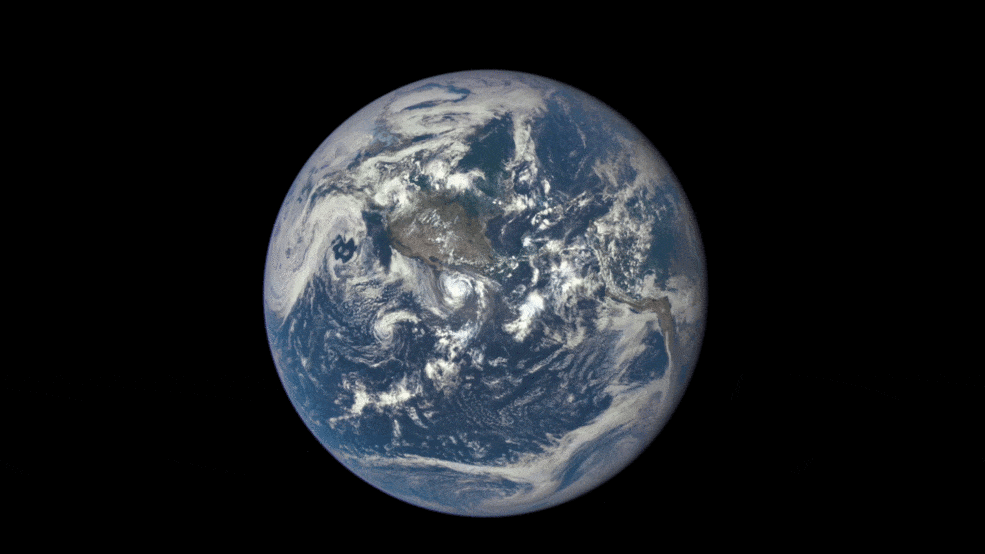

The moon moving in front of the earth: it remains a special image. The space photo of the week is actually a series of photos taken by the Deep Space Climate Observatory (DSCOVR).
This satellite is located at a distance of about 1.6 million kilometers from Earth. Since the distance between the earth and the moon is on average about 385,000 kilometers, the natural satellite of our planet also comes into view every now and then. This produces beautiful images. It seems as if the earth and the moon collide, but there is nothing wrong. The moon passes in front. Since the satellite’s distance from the moon is less than its distance from Earth, the moon appears relatively larger than Earth.
The sequence below was taken on July 16, 2015. In reality, this moon transit lasted just under four hours. On February 11, 2021, DSCOVR . photographed another moon transit†

The nice thing about the DSCOVR is that this satellite continuously monitors the earth. In this way scientists not only get a better picture of our planet, but also of the interaction between the earth and the sun. For example, researchers hope to learn more about space weather based on the images. The satellite should also help scientists estimate the amount of ozone and aerosols in the Earth’s atmosphere and the images can be used to map the clouds and vegetation on Earth. Many mysterious sparkles have also been spotted in the photos (but this mystery has since been solved).
On the website ‘DSCOVR: EPIC‘ you can view the latest images from the satellite. Every day at least ten new images appear, which are a maximum of 12 to 36 hours old. You can also see the distance from the satellite to the earth, the distance to the sun and the angle to our planet and the sun.
You may wonder why the images made of our Earth do not show any stars. That is easy to explain. Because the Earth is very bright compared to the darkness of space, the photos are obtained with a very short exposure time. The much less bright stars in the background are therefore not visible.
Source material:
Image at the top of this article: NASA